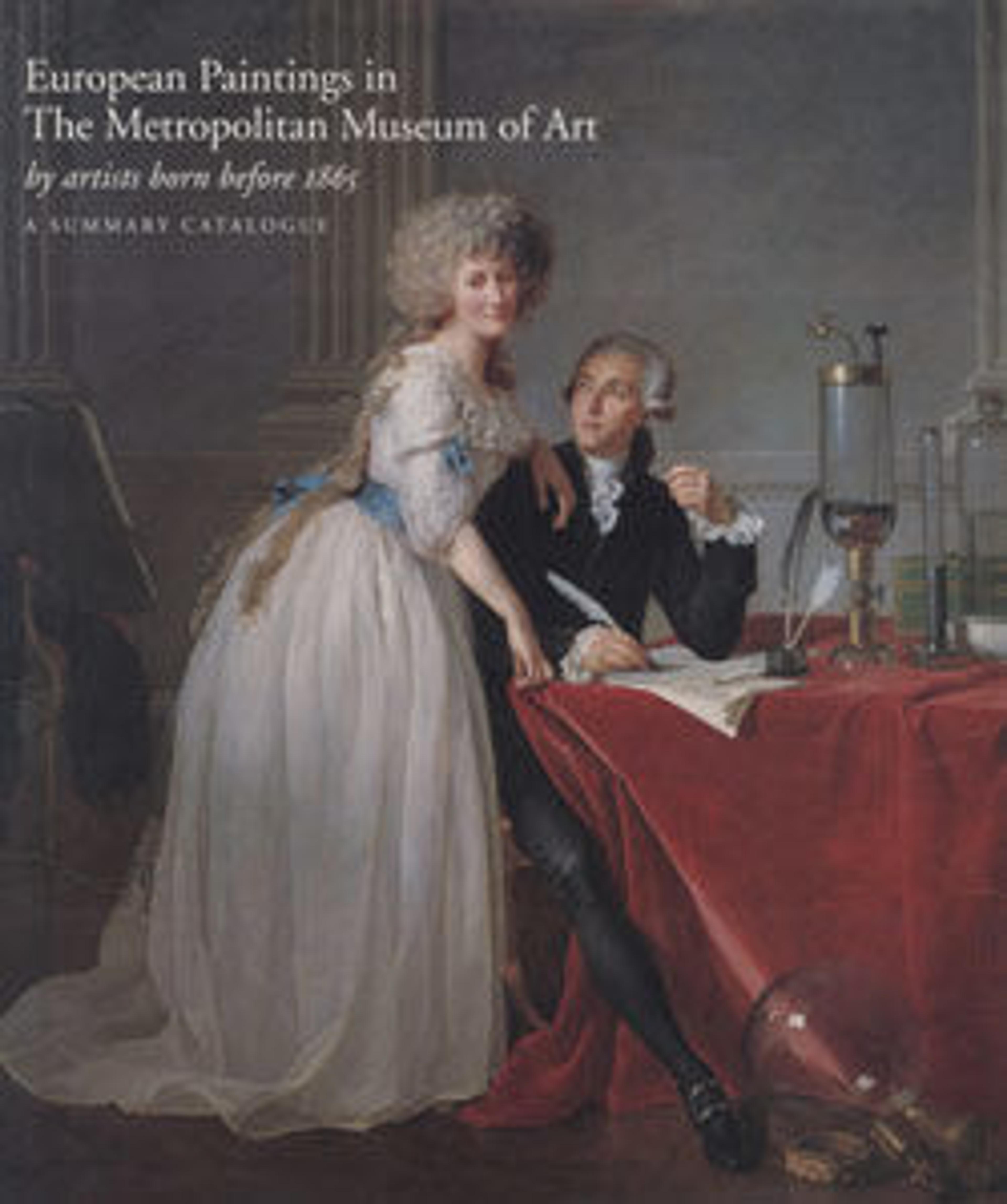The Annunciation to Zacharias; (verso) The Angel of the Annunciation
Giovanni di Paolo, one of the most important figures in the history of Sienese painting, was active for much of the fifteenth century. This panel is the first episode of an ambitious narrative cycle: a series of twelve scenes from the Life of Saint John the Baptist, distributed in four vertical rows of three scenes each. Although the original function and location of the cycle are unknown, it is likely that the panels formed two movable wings of a cupboard or custodia containing a sculpture or reliquary of Saint John the Baptist. The Annunciation to Zacharias, taken from the Gospel of Saint Luke (1:5-25), recounts the moment at which the Angel Gabriel foretells the birth of a son, John the Baptist, to the childless Zacharias. The incredulous Zacharias performs his priestly duties in an elaborate architectural setting whose domes and lantern recall Brunelleschi's celebrated cupola which crowns the Duomo in Florence.
Artwork Details
- Title:The Annunciation to Zacharias; (verso) The Angel of the Annunciation
- Artist:Giovanni di Paolo (Giovanni di Paolo di Grazia) (Italian, Siena 1398–1482 Siena)
- Date:ca. 1455–60
- Medium:Tempera and gold on wood
- Dimensions:Overall: 29 7/8 in. × 17 in. (75.9 × 43.2 cm)
- Classification:Paintings
- Credit Line:Robert Lehman Collection, 1975
- Object Number:1975.1.37
- Curatorial Department: The Robert Lehman Collection
More Artwork
Research Resources
The Met provides unparalleled resources for research and welcomes an international community of students and scholars. The Met's Open Access API is where creators and researchers can connect to the The Met collection. Open Access data and public domain images are available for unrestricted commercial and noncommercial use without permission or fee.
To request images under copyright and other restrictions, please use this Image Request form.
Feedback
We continue to research and examine historical and cultural context for objects in The Met collection. If you have comments or questions about this object record, please contact us using the form below. The Museum looks forward to receiving your comments.
